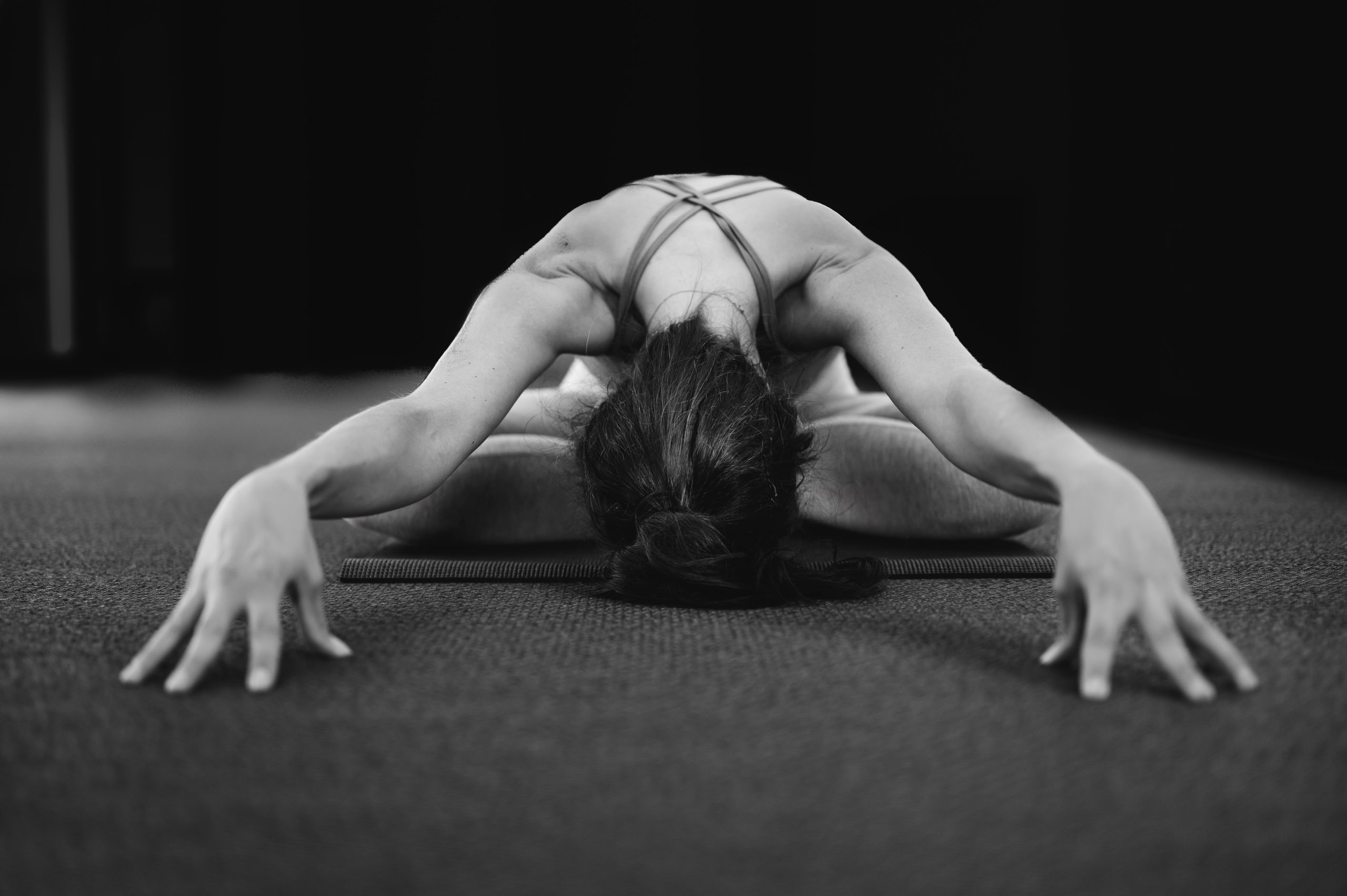At first glance, inversion poses, difficult arm balances and dynamic Vinyasa flow might come to mind when thinking of yoga. While these elements do have many benefits, being a practitioner of yoga means going beyond the physical poses. Yoga is an ancient science that has been used to explore the depths of the mind and body connection. Yin yoga can be an intricate and intimate journey into deeper levels of self-awareness and cellular healing. In this expert guide, we will explore the deep benefits of Yin Yoga, defined as a yoga style that employs floor-based postures, held passively for extended periods of time.
Defining Yin Yoga
Yin yoga is a meditative yoga practice that emphasizes finding stillness and subtle movement by holding postures for long periods of time. While many other styles of yoga focus on stimulating the muscles (yang), Yin yoga instead creates openings through deep stretching of the body’s connective tissue, strengthening tendons and fascia for greater mobility and energetic flow. Yin yoga includes a combination of floor postures, often with the aid of props such as blocks and blankets, typically held for several minutes with the goal of allowing the body to surrender and relax deeper into the posture.
The Foundations of Yin Yoga
Yin yoga is based on the traditional Taoist concepts of yin and yang. In Taoism, yin and yang are seen as the two complementary forces of nature. Yin and yang can be found everywhere in life, as a part of a natural cycle of birth and death. In yoga, the yin is seen as the feminine and passive aspect, while the yang is the masculine and active. In a yin yoga practice, there will be more emphasis on stillness and a reduction of muscular tension, while in a yang practice, there will be more dynamic movement and stimulation.
The Physical Benefits of Yin Yoga
The practice of Yin Yoga has a variety of physical benefits, from increasing flexibility and range of motion, to relieving stress and tension. Through the practice of slow, passive poses, the body begins to soften and release, unlocking areas of tension. The postures start at a mild level of intensity and are then increased, providing a visceral and calming experience. On a cellular level, the practice of Yin Yoga helps to decrease inflammation, soothe joint pain, and ensure proper hydration of the connective tissue and joints.
The Mental Benefits of Yin Yoga
One of the most impactful and surprising benefits of Yin Yoga is the mental and emotional relief it provides. Through the practice of stillness and meditation, practitioners can become more conscious of their internal state and cultivate a greater understanding of their relationship with themselves and the world around them. Through the stillness and silence of the practice, practitioners can explore their thoughts, beliefs and even dreams, discovering and releasing hidden layers of tension and fear. This sense of stillness can bring about deeper clarity, compassion and understanding.
The Spiritual Benefits of Yin Yoga
While the physical and mental benefits of Yin Yoga are profound and life-transforming, the spiritual aspects of the practice can be even more enjoyable and awakening. As practitioners surrender and deepen into the postures, they build their awareness of the depths of their being, connecting with and ultimately transcending their physical body. Through the practice, ideas and beliefs of the ego can be slowly deconstructed, and practitioners may have the opportunity to let go and find a more meaningful connection with the divine.
Techniques for Finding Your Edge with Yin Yoga
Finding your edge while doing Yin Yoga is a vital part of the practice, and it’s important to take time to listen closely to your body and mind. In order to find your edge, it may be useful to use visualization and imagery to move the energy and increase awareness. While in the Yin yoga postures, focus on your breath and take time to check in with your body. Notice the physical sensations without judgment and remain open to the experience. If you find yourself pushing too hard or going too far, be mindful and remember to back off and come out of the posture as needed.
Conclusion
After many months of feeling stressed, I personally experienced an incredible clarity and sense of peace following a 2 hour Yin Yoga class. If you haven’t tried it, you may find that incorporating Yin into your routine, especially if you’re not feeling up to a more energetic practice, could indeed be restorative and re-energize you for upcoming practices.
Yin Yoga offers practitioners the opportunity to explore the depths of the mind, body and soul. Through the practice of long-held postures, mental and physical tension can be released and a new level of self-awareness and spiritual connection can emerge. While the physical benefits of Yin Yoga are undeniable, its ability to cultivate a greater understanding of the self is the most powerful and transformative aspect of the practice. As you explore the depths of Yin Yoga, remember to enjoy the journey, trust the process and remain open to whatever arises.

